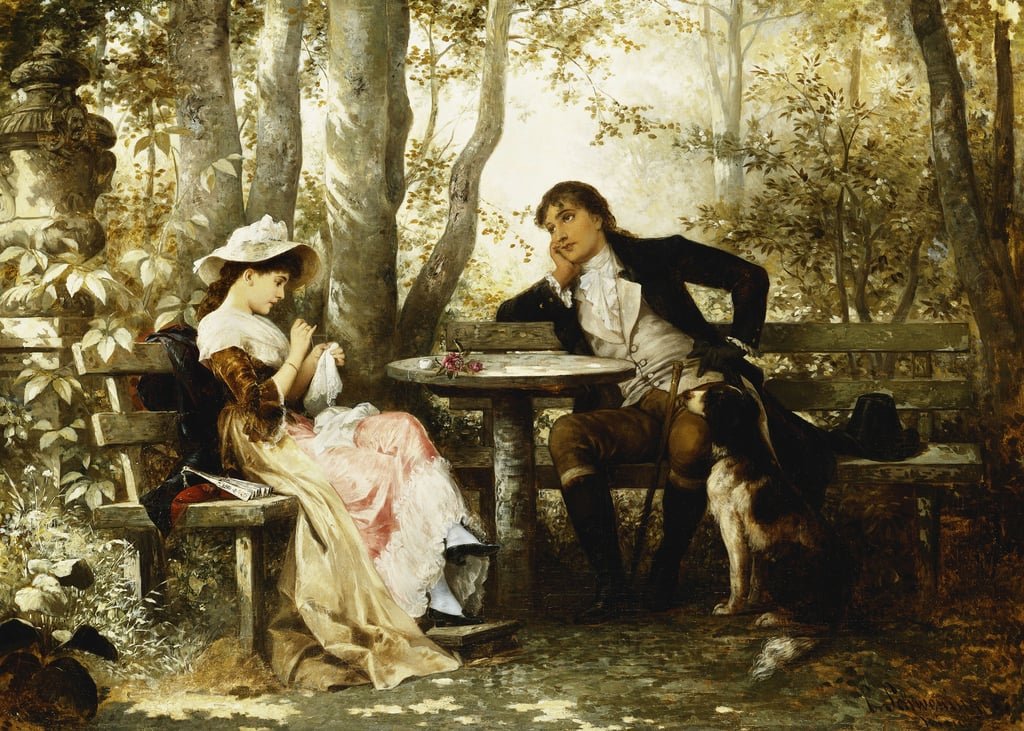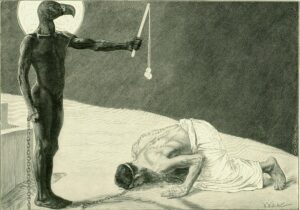
Did you ever take the time to step back and wonder about the various personas you meet online? They could be long-lost friends, writers you admire, or people in your social network whom you may have never met before.
Because of the ubiquity of online content—whether on TikTok, Instagram, YouTube, or elsewhere—we have an impression of what success looks like, as if a 15-second staged and edited video could tell the full story.
But what do you really know about them?
How many of these folks are truly themselves when they’re online? I mean, how many are perhaps bolder in their assertions or less cautious with the language they use because of the less personal nature of the medium?
We spend a lot of time talking about authenticity as one of the tenets of social media — how businesses, brands and the people behind them need to be seen as real. Inevitably, the masses will sniff out a fraud.
I worked for an executive whose authentic and genuine nature were the hallmark if his leadership. It’s strange (and a little sad) that it was unique and different, but it made him stand out.
When one of his lieutenants — who was anything but authentic — started to ape that behavior, it stood out to me, but for the wrong reasons. The mimicked authenticity was completely inauthentic.
Why? Because it wasn’t heartfelt.
In 1953, e.e. cummings wrote about expressing authenticity as a poet:
“A lot of people think or believe or know they feel — but that’s thinking or believing or knowing; not feeling. And poetry is feeling — not knowing or believing or thinking.
Almost anybody can learn to think or believe or know, but not a single human being can be taught to feel. Why? Because whenever you think or you believe or you know, you’re a lot of other people: but the moment you feel, you’re nobody-but-yourself.
To be nobody-but-yourself — in a world which is doing its best, night and day, to make you everybody else — means to fight the hardest battle which any human being can fight; and never stop fighting.”



